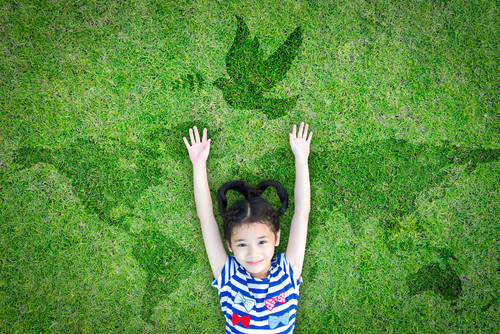According to research, modeling or demonstrating by example has a stronger influence on children’s behavior than actually asking them what to do. So, if you want to emphasize the value of healthy living, start by assessing your own behaviors to see if there are any places that you can change.
When children see their parents consciously make environmentally friendly lifestyle decisions, even though it means sacrificing any comfort, they are far more likely to follow suit as they get older.
Of course, apart from modelling appropriate behavior, there are things you should do to build teachable opportunities. If you’re not sure where to begin, here are some suggestions for educating kids about sustainability while still lowering your family’s carbon footprint.





